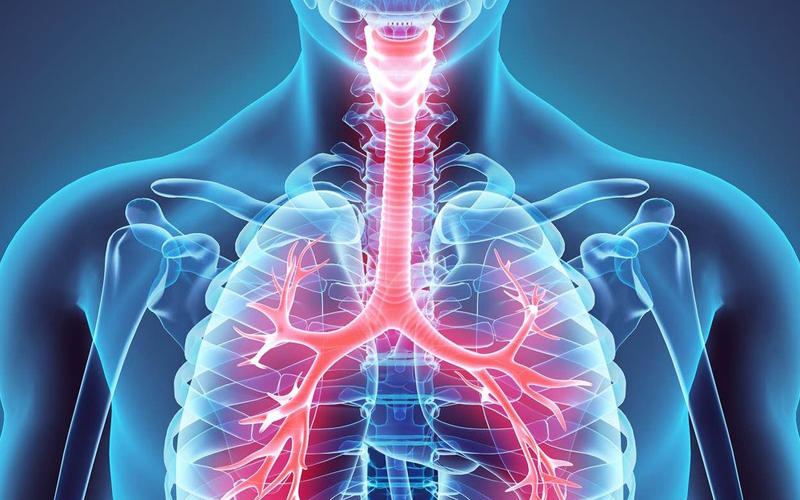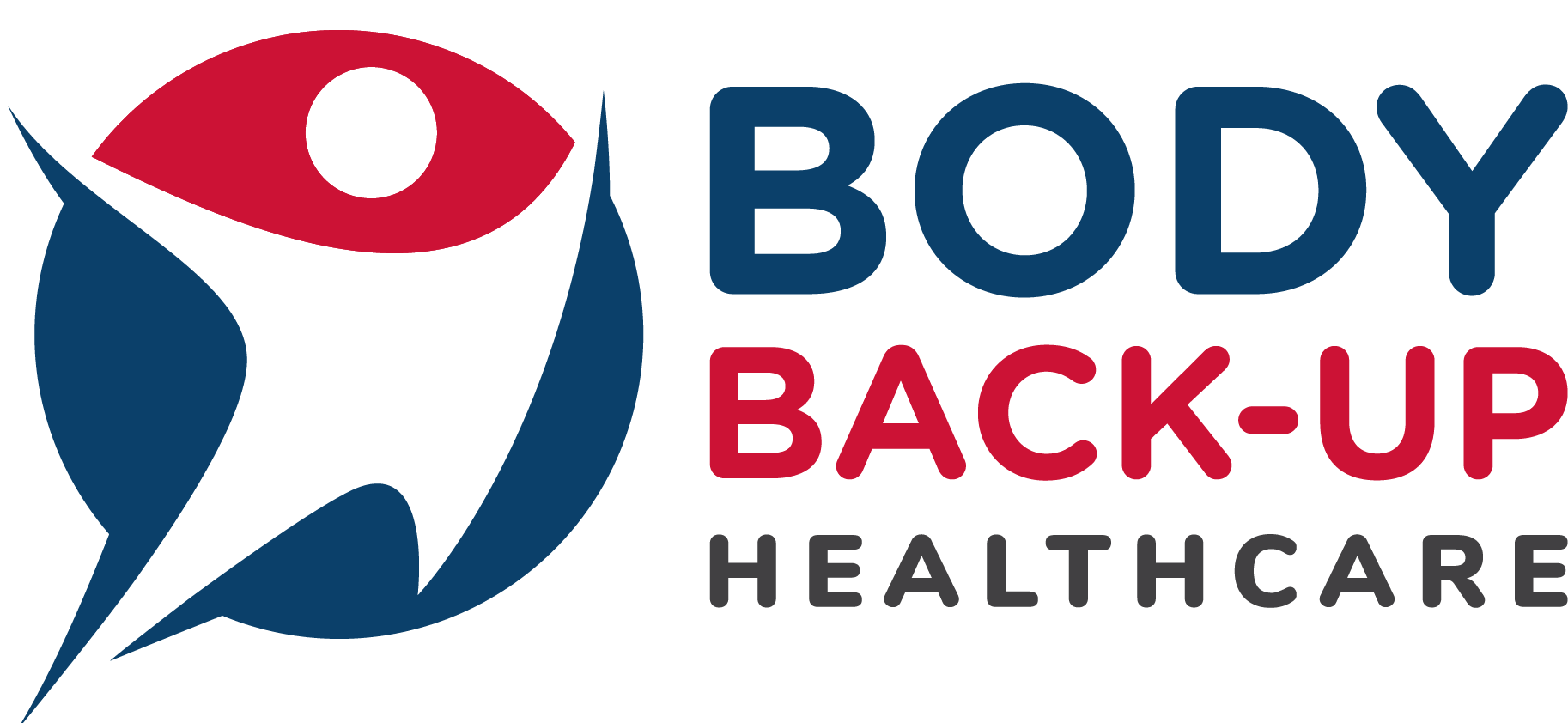
Breathing Mechanics
Top
Getting the mechanism of breathing working well means understanding the different components and breaking down the rehabilitation goals.
Extra demand on the upper 2 ribs and front of neck muscles above the collar bones is normally caused by harder, deep breathing during aerobic exercise and is extremely stiff in Asthmatic patients who struggle for deep breaths due to the constricted lung function. Infact any lung disease that makes breathing harder will place extra demand on this ” thoracic outlet ” area as it is called.
Symptoms are variable and may include: a stiff neck, deep breaths difficult, pins and needles into the arm as far as the hand and fingers, pain into shoulder and shoulder blade.
Breathing mechanics rehabilitation is needed to reduce nerve and blood vessel tension ribs 1&2 at the junction between the upper back and neck @thoracicoutlet This can be done using Functional Active Release and combined with exercise band work. Advising on best supported sleeping posture and daily lifestyle advice, especially at a workstations or using tablets and smartphones for prolonged periods.
Middle
Getting the mechanism of breathing working well means understanding the different components and breaking down the rehabilitation goals. Normal rib function works with low effort and normally in a balanced and harmonised way. The 9 pairs of middle ribs work together as a unit. Focal or global disruption to groups of ribs creates a chain reaction and an inter-costal muscle contraction limiting breaths in a cycle of events. This can mean normal easy breathing can’t be restored unaided into a relaxed form that can then tolerate increased aerobic demand as needed by the rest of the body. Oxygen levels will remain lower than ideal due less than optimal rib cage expansion.
It is important to review the quality of inspiration as well as expiration as the restriction in function may be quite different. Some ribs may be fixed in inspiration making expiration harder or others fixed downwards in expiration making inspiration harder.
Manual hands on releasing of the thoracic spine and rib head articulation with the spine will improve rib excursion.
Using the arm as a lever and timing inspiration with arms exercise amplifies the rib cage function to help restore balance and deeper breaths.
Bottom
Getting the mechanism of breathing working well means understanding the different components and breaking down the rehabilitation goals. Spinal stiffness comprises Rib cage function and as a result quality and efficiency of the respiratory system.
The Lower ribs and diaphragm and Upper Lumbar spine all work together to produce deeper breaths. Spinal stiffness restricts the mechanics of breathing and limits deeper inhalation and exhalation. Clearing the lungs fully helps keep them and you, well ventilated and healthy.
Mobilising the upper Lumbar area releases the diaphragm to work more freely. Freeing the Quadratus muscles attaching to the lowest rib also allows deeper breaths. Both these spinal and muscular areas become stiff from poor posture and too little movement and exercise.
 Trustpilot
Trustpilot